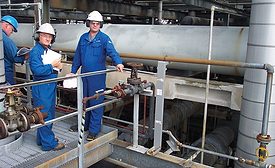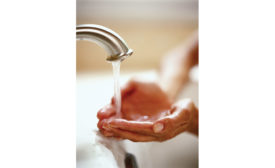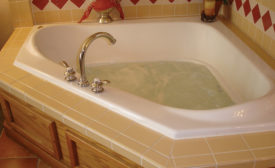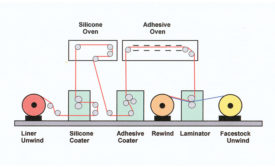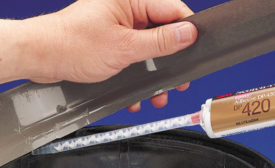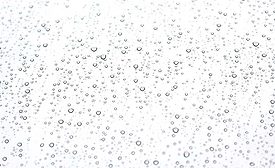Finished Adhesives and Sealants
Biodegradable Polymers in Adhesive Systems
Many biodegradable polymers are suited for adhesive applications, such as environmentally friendly packaging, recyclable envelope adhesives and biomedical devices.
June 1, 2007
Safety First: Safe Handling of Adhesives and Sealants
While cured adhesives and sealants are generally considered safe, care must be taken with airborne particles, decomposition products, and uncured components.
March 1, 2007
How Sealants Function
How do the application and performance characteristics of sealants correlate to the composition of the sealant formulation?
February 27, 2006
Adhering to Difficult Substrates with Silicone Adhesives
Substrates with reactive groups available for bonding make chemical bonding easier to achieve, while substrates with nothing to react to make adhesion difficult.
October 1, 2005
Manufacturing Pressure-Sensitive Adhesive Products: A Coating and Laminating Process
How are pressure-sensitive adhesives made?
April 1, 2005
Epoxy, Acrylic, and Urethane Structural Adhesives
Increasing alternatives to mechanical fastening are available.
September 1, 2004
The Use of Silicone Adhesives in Space Applications
Every single design consideration—including the adhesives selected—is important in the costly endeavor to send an object into space.
October 28, 2003
Polychloroprene Contact Adhesives
Water-based adhesive systems make inroads into traditional solventborne technology.
March 4, 2003
Keep the info flowing with our eNewsletters!
Get the latest industry updates tailored your way.
JOIN TODAY!Copyright ©2024. All Rights Reserved BNP Media.
Design, CMS, Hosting & Web Development :: ePublishing
